First impression of the Xiaomi Redmi 3
Anyone who imports a Xiaomi smartphone or other products from the manufacturer usually has to be satisfied with a Chinese scope of delivery. The Xiaomi Redmi 3 was delivered in a compact cardboard box plus a Chinese operating manual and service card, a micro USB data or charging cable and a charger with a type A plug, as is mainly found in the USA. When importing, however, many manufacturers include a suitable adapter or you can use a conventional smartphone charger with a USB connection.
Xiaomi Redmi 3 Unboxing on YouTube
The smartphone leaves a very good impression unpacked. The noble and well-made unibody aluminum housing with the dotted check pattern on the back not only looks damn good, the Xiaomi Redmi 3 also clearly outperforms other smartphones from the same price range in terms of quality and processing quality. The only disadvantage is that the battery cannot be changed in this unibody case. The control buttons on the side are also made of metal and sit firmly in the housing. The hybrid SIM slot (micro SIM and nano SIM / micro SD) is located on the opposite side
The back of the speaker is next to the camera with LED flash. The rounded portion of the back, both above and below, are made of plastic, which is mainly due to a better transmission.
The 5-inch HD display is on the front. Below we have 3 capacitive buttons and a notification LED that cannot be seen in this way. The front camera, earpiece and proximity sensor are located above the display.
What is interesting about this smartphone is that there is both an infrared sensor and a small microphone on the upper edge. The infrared sensor and a suitable app can be used to control a television, for example, and the microphone is used to suppress noise. The classic 3.5mm headphone jack has of course not been forgotten and is also located on the upper edge. The handheld has a conventional micro-USB socket on the lower edge of the housing for landing or for data transfer. There is another microphone next to it.
Xiaomi Redmi 3 Review on YouTube
Display
The smartphone has a 5-inch HD IPS display. The resolution is 1280x720 pixels, the point density is 294 PPI. The display is extremely sharp, which is why individual pixels cannot be seen with the naked eye or when viewed normally. The colors are strong and natural. In addition, MIUI 7 offers display settings within which the colors and contrast can be corrected afterwards. The automatic brightness adjustment works well. Even in strong sunlight, the display can still be read, which speaks for a very high luminance.
The display of the Xiaomi Redmi 3 also proved to be very stable in terms of viewing angles in the test. I couldn't make out a change in color with a strong incline. The characters remained legible at every viewing angle. The smartphone surprised us when we checked the multi-touch capability. 5-finger multitouch is common for devices in this price range. The Xiaomi Redmi 3, however, is capable of 10 finger multitouch. All entries made in the course of the review are precisely recognized.
Performance
The processor or SoC used here is a Qualcomm Snapdragon 616 octa-core. This clocks at 4x1.2 and 4x1.5 GHz. The RAM is 2GB, the internal storage is 16GB. The internal memory can also be expanded using a micro SD memory card of up to 128GB. However, it is a so-called “hybrid slot” in which either the dual SIM function of the smartphone can be used or the second slot can be used to expand the memory.
The Xiaomi Redmi 3 can score points in terms of performance both in individual benchmark tests and in everyday life. The “MIUI” user interface can be operated smoothly, and smooth multitasking is no problem for this smartphone. The device can still impress even with more demanding games. I was able to play the game I tested, “Modern Combat 5,” without any stuttering.
- 3DMark
- AnTuTu
- Geekbench 3
MIUI user interface
The entire Mi smartphone series uses MIUI, including the Redmi 3. This is an in-house custom ROM that is far from being a pure Android device. The pre-installed MIUI 7 is based on Android 5.1.1.
The surface is extremely modern and provides an interesting and at the same time visually appealing design. With regard to the range of functions, MIUI has also been expanded to include numerous useful functions that cannot be found on Stock Android. To name a few examples, there are additional setting options within the settings with regard to the display, sound, security, notification LED and more, and a dedicated theme manager has already been integrated.
The Google PlayStore was already preinstalled on the Xiaomi Redmi 3 tested here. You won't find any other Google apps on your smartphone. These can be downloaded later via the PlayStore. Since Mi Smartphones are mainly sold on the Asian market, a dedicated Xiaomi App Store is also preinstalled. All other system apps, such as apps for music playback, video playback or the web browser, come from the manufacturer itself.
MIUI 7 is available in German, but the user interface has only been partially translated. Occasionally you can still find passages in English. The pre-installed apps are also only sparsely translated. It should still be noted that Xiaomi mainly produces for the Asian market and transfers the work on customized ROMs to the community. However, due to the size of the Mi community, improved versions of the original China MIUI are regularly released. The official “Global MIUI” also gets better with every version, which is why you can guess which path the manufacturer will take in the future.
The main advantage of the MIUI is the regular updates. You can get this OTA (Over The Air) on your smartphone. Due to the great popularity of Mi Phones and the very large developer community, other well-known ROMs such as CyanogenMod are constantly being ported to Mi devices.
Camera
Xiaomi has a 3 megapixel image sensor with an f / 13 aperture, a 2.0P lens and a fast PDAF on the rear main camera of the Redmi 5 (Phase Detection Autofocus) lost. The exact name of the image sensor is not known.
The camera app is also in-house. This offers numerous photo and video settings, but also supports numerous photo modes, ranging from the well-known panorama mode to various scene modes. Another interesting function of the app are the filters with live preview. This can be used, for example, to mirror the image, or to give the shot a vintage touch.
In good lighting conditions, the main camera produces usable images that are convincing due to their low image noise, sharpness and natural coloring. The auto focus of the smartphone focuses extremely quickly and the shutter release time can also be assessed as very short. Considering the price, the smartphone has built in a really excellent camera.
The front camera has a resolution of 5 megapixels. The aperture value is f / 2.2. This camera also produces good recordings and is suitable for video telephony, but also for decent selfies.
Xiaomi Redmi 3 main camera
Telephony, WLAN and Bluetooth
All common network standards from 2G to 3G to 4G are supported. Unfortunately, LTE Band 20 is also not used with this manufacturer's smartphone, which is why LTE can only be used to a limited extent. Whoever lives in a rural area will have to do without LTE for better or worse.
The voice quality is good in both directions. In the test, I was able to understand the person I was speaking to very well, and he was also able to understand me clearly. The additional microphone, which was specially built in for noise suppression, is interesting. Both the sound quality and the voice quality are very clear and understandable via the smartphone's loudspeaker.
The range and connection stability of the WiFi are also very good. However, the Xiaomi Redmi 3 does not support dual band WiFi. The connection to my Bluetooth hands-free system was stable and the transmission quality is impressive.
GPS and sensors
A GPS fix was found within a few seconds. You can navigate easily with this smartphone. Thanks to the additional built-in e-compass, the device can also be used for “pedestrian navigation”. The stability and accuracy of the built-in GPS sensor is remarkable. In the countryside, the signal was consistently stable and accurate. But even in urban areas with numerous urban canyons, the Xiaomi Redmi 3 maintained the signal and navigated solidly.
Additional sensors are a proximity sensor, a gyroscope, a brightness sensor and an acceleration sensor. An infrared sensor was also installed. With the matching Mi TV app, almost every television can be operated via the smartphone. All sensors work quite accurately.
Battery
The battery has a capacity of 4.100mAh. This can be charged with a quick charger in about 2 ½ hours. The battery life is excellent, which is also thanks to the well-optimized MIUI. With normal use, the smartphone can be used for a good 2 days on one charge. The battery consumption of the Xiaomi Redmi 3 is very low in standby. The smartphone consumes an estimated 10% points with a standby time of 2 days.
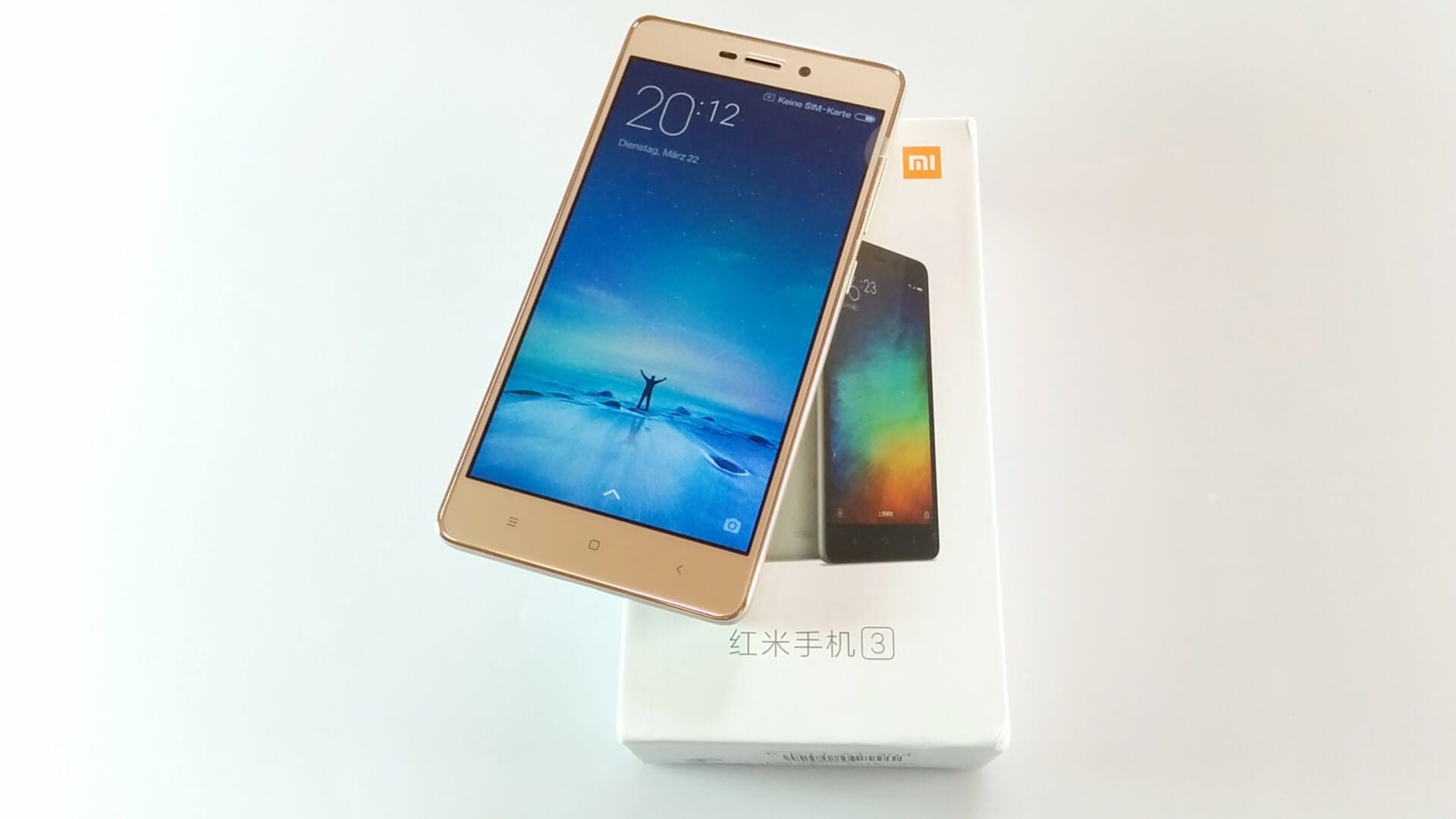
Xiaomi Redmi 3 (Hongmi 3)
Very good workmanship
Good display
Optimized MIUI 7
Fast multitasking
Good main camera
High battery life
MIUI 7 translation
Hybrid SIM slot
Restricted LTE
The Xiaomi Redmi 3 is an excellent smartphone and my clear favorite in the price range up to 200 €. The processing and the design are top, the cameras shoot very nice pictures and in terms of performance, the Redmi 3 convinced me consistently. The 5 inch HD display is sharp, the colors strong and the viewing angle stable. Also a highlight of the Xiaomi Redmi 3 is the 4100mAh large battery, which guarantees an above-average runtime.
MIUI 7 is a very well-optimized and enhanced Android that just shines through the numerous additional features. To see the partly faulty or even missing translation as a criticism would be a bit too harsh, since every buyer of a Xiaomi smartphone should be aware that these are mainly intended for the Chinese market.

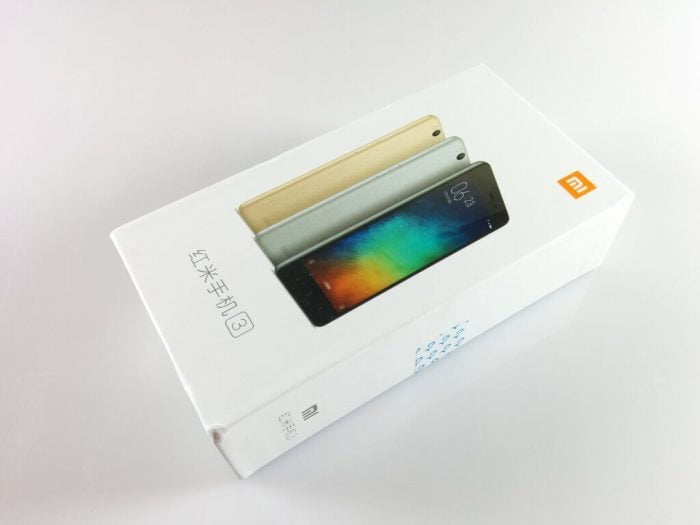
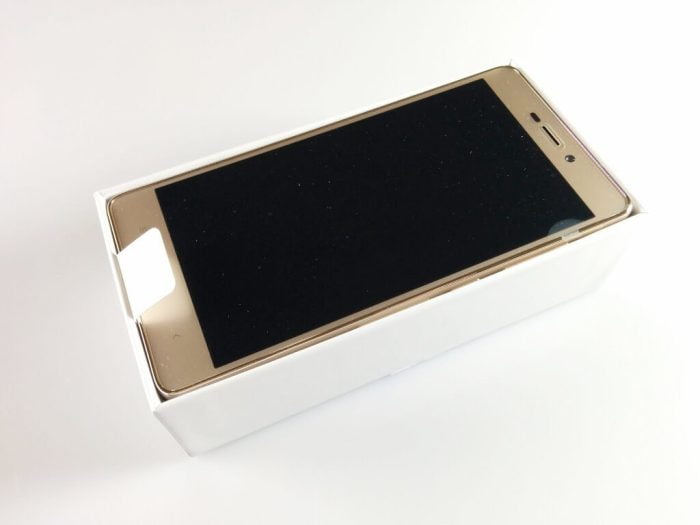
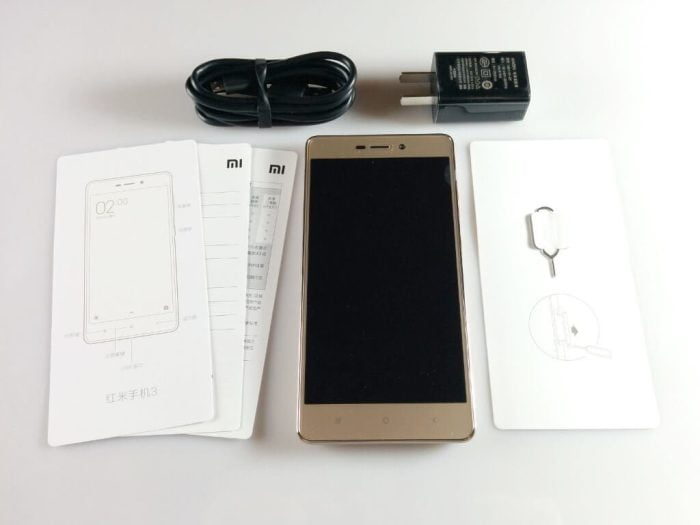
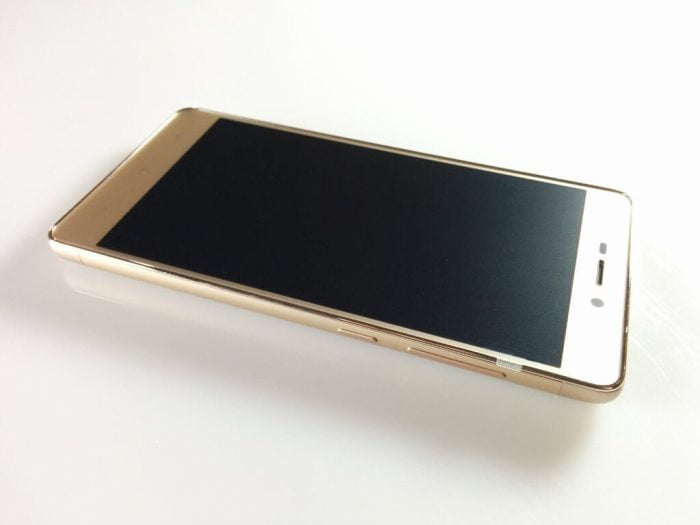
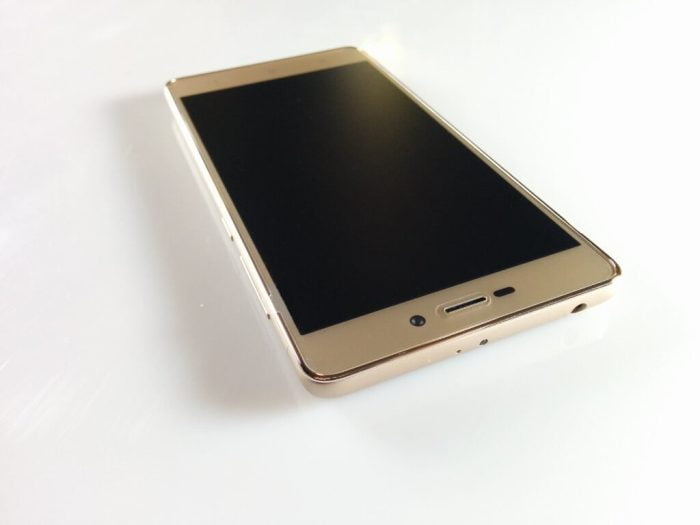
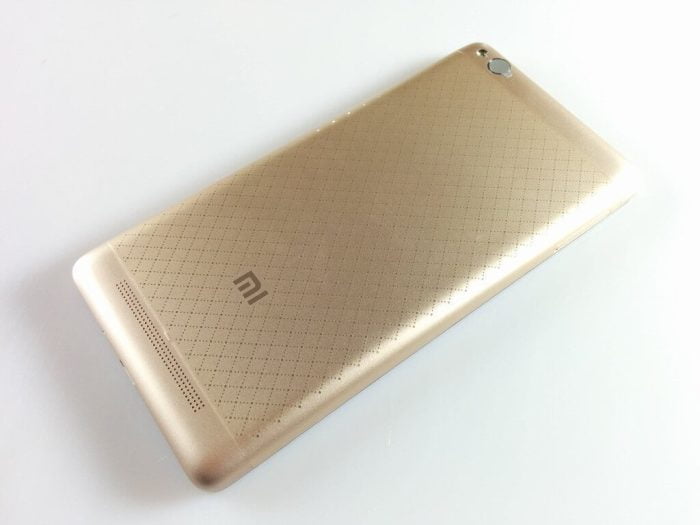
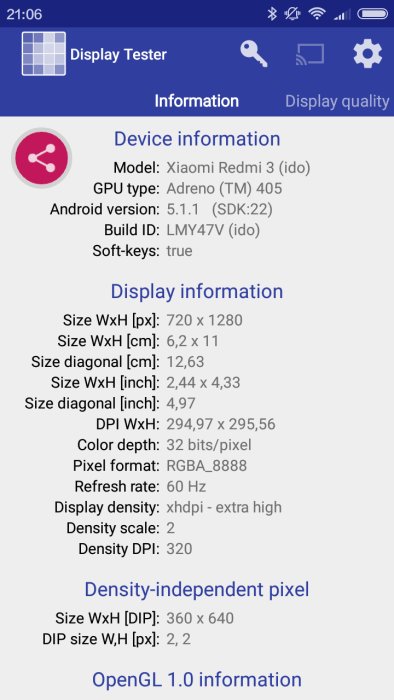
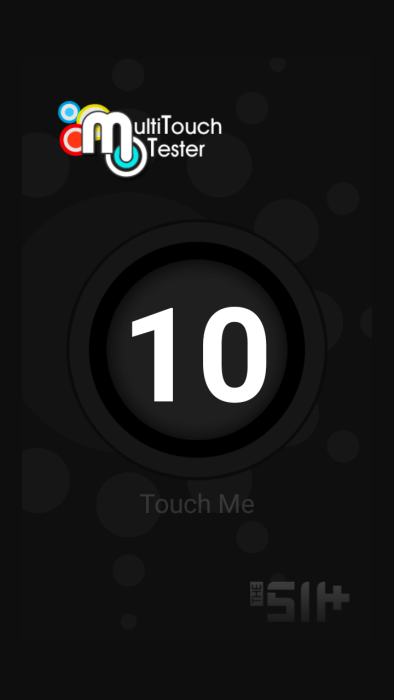
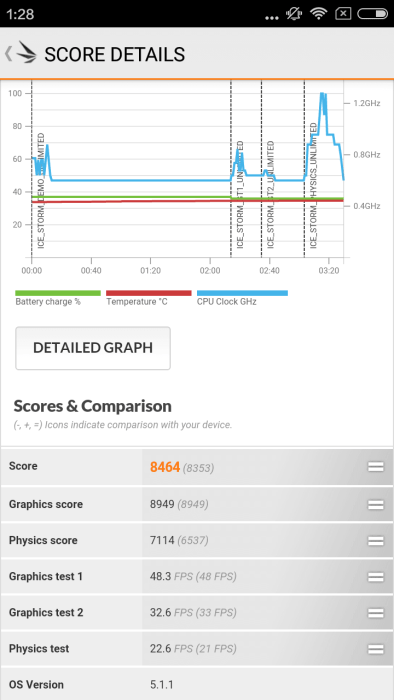
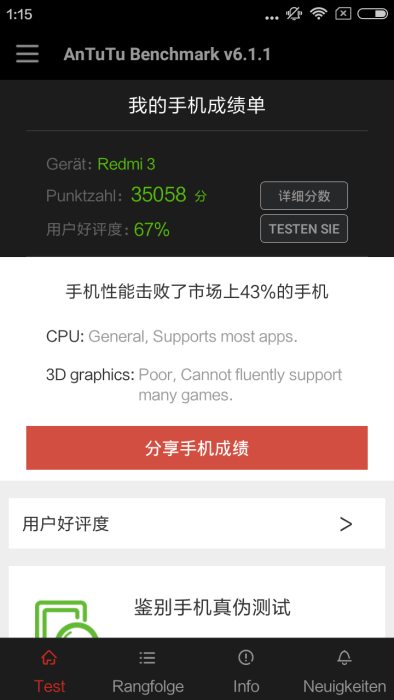
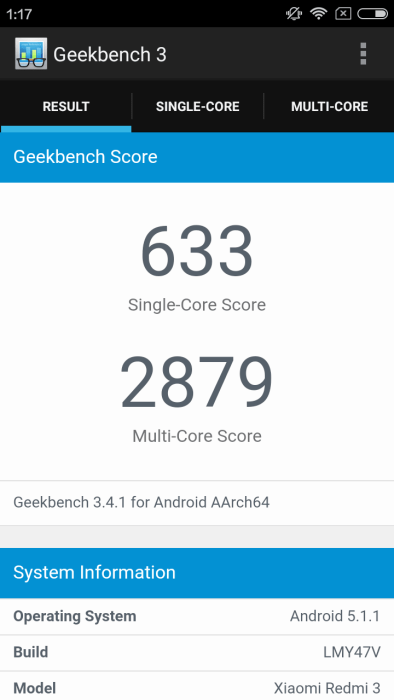
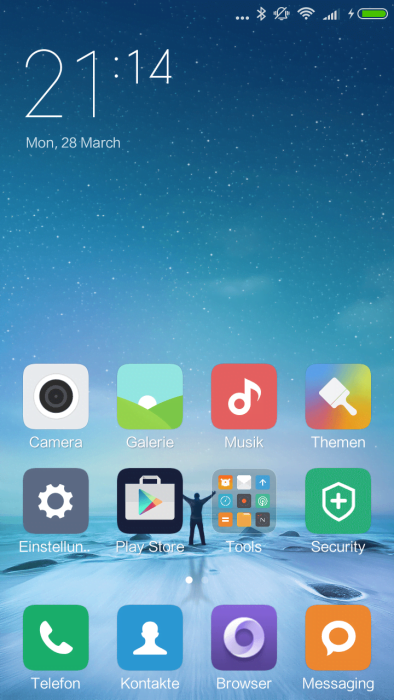
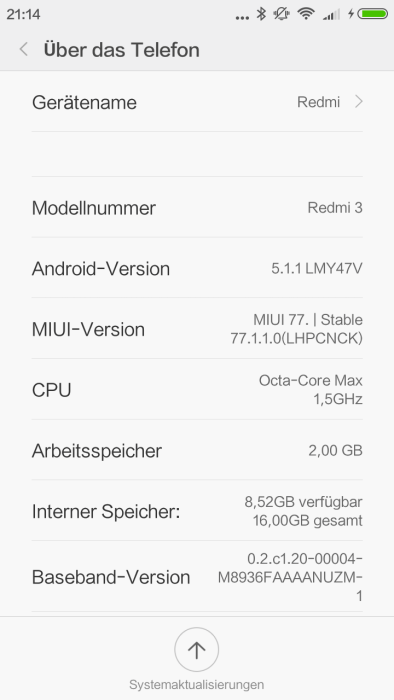

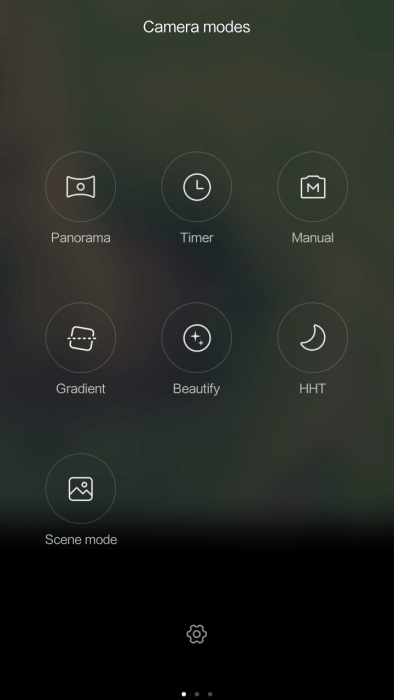




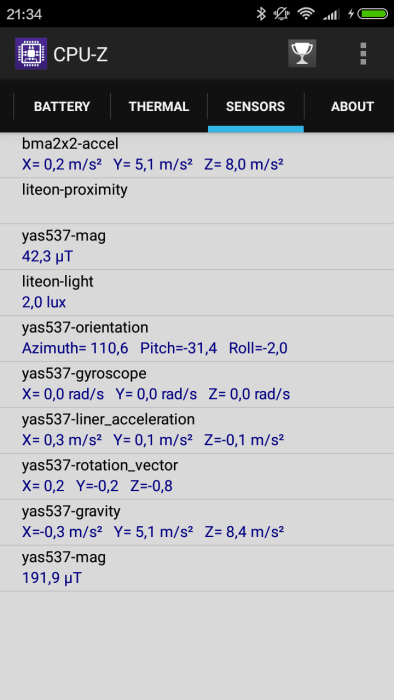
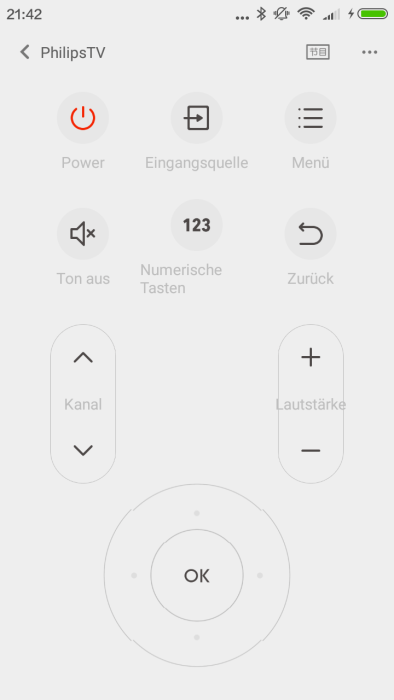
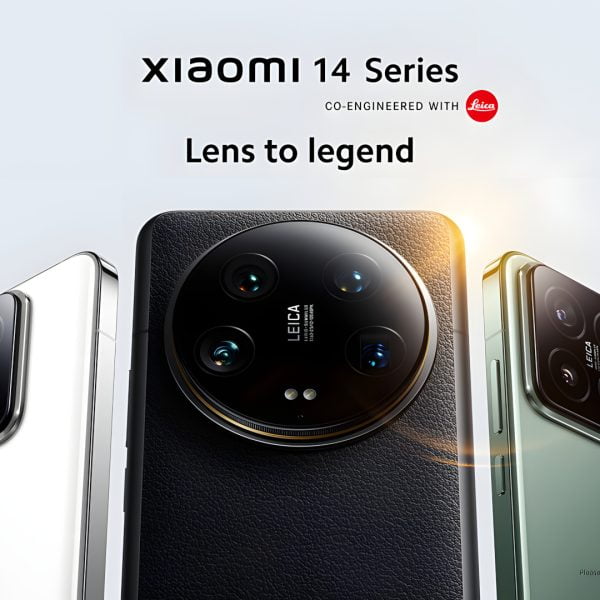


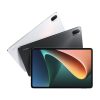
Moritz
3. April 2016 14 to: 54
Hallo,
very nice review, I liked it a lot. As such, the smartphone really doesn't sound bad as an entry-level device. But that the UI is not completely translated would rather bother me. How do you rate the device compared to a OnePlus 2? Would the Xiaomi Mi3 be an alternative (also for smartphone newbies)? I would also be interested in how the Xiaomi Mi5 is doing. Do you have a test planned for this? I like the equipment of the new flagship, which can certainly compete with OnePlus.
Regards
Moritz
Robin
3. November 2016 19 to: 08
Hallo,
What about the voice quality or the quality of the sound, with a hands-free system in the car via Bluetooth if you have two SIM cards in it?
Today I had to find out several times that the quality is quite modest or sometimes not understandable at all. My conversation partner can hear me really well. I haven't had such problems before, so I suspect that it is in the end.
I would also be interested in whether there is a possibility with the MIUI 8 to regulate the notification and call volume separately from each other? Furthermore, I don't have the option to set the general vibration strength. It is also best to set it separately.
I would recommend Xiaomi as a smartphone to everyone. The equipment of the Xiaomi Redmi series is generally impressive.
A great device, especially value for money.
As far as the UI is concerned, however, as a beginner, I would perhaps recommend other devices. Unless you really like to deal with the matter, then you can get into it relatively quickly. No problem with a few instruction videos.